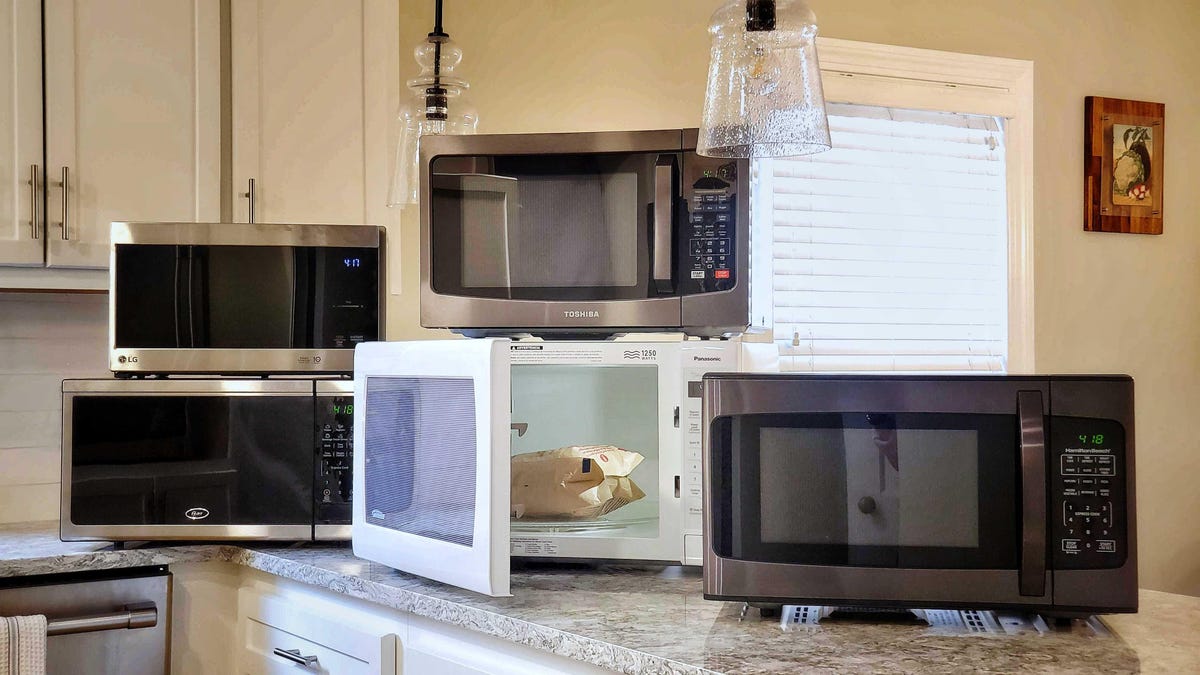That approach starts in low-Earth orbit rather than 36,000 km away from the surface of the Earth. Aetherflux plans to begin with a single satellite, launching into an orbit about 500 km above the planet on a SpaceX transporter mission about 12 to 15 months from now.
This initial satellite will be based on a commercially available bus from Apex, which will produce, on average, about 1 kilowatt of power. It's a modest amount, enough electricity to power a dishwasher. This satellite will also include a high-powered infrared laser to transmit this power back to Earth. A mobile ground station, about 10 meters across, will receive the energy.
With a single satellite in low-Earth orbit, power beaming will only be available for any location on Earth for a few minutes as the spacecraft passes from horizon to horizon.
"We've spent a lot of time over the last year with folks within Department of Defense, and with some of the folks within DARPA," Bhatt said. "The idea is like do a demonstration mission which kind of establishes the core functionality."
Where is all this headed?
One of the key aspects of the test is to determine both the safety and efficiency of collecting the solar energy in space, transmitting it through the atmosphere, and then producing a usable source of power on the ground.
If the demo mission works, Aetherflux plans to develop a constellation of satellites in low-Earth orbit that could provide power continuously and at greater amounts. Initially, the company seeks to deliver power in remote locations, such as disaster relief areas, off-the-grid mining operations, or forward operating bases for the military.
"If we can make that business model work, that's kind of the jumping-off point to being able to say, hey, could we put this on things like freight shipping?" Bhatt said. "Could we meaningfully address the ability to do freight shipping across large bodies of water with renewable energy?"
Long term, there's the potential to provide a base load of power to augment the intermittent availability of terrestrial wind and solar energy—a key need if the world is to de-carbonize its electricity generation.
But that's probably putting the cart before the horse. One of the biggest challenges of space-based solar power is that it has always been theoretical. It should work. But will it work? Trying out a low-cost demonstrator mission in the next couple of years is a fine way of finally putting that question to rest.





:quality(85):upscale()/2024/10/31/831/n/49351773/b7bf33836723d2f0643c55.51137847_.jpg)



 English (US) ·
English (US) ·